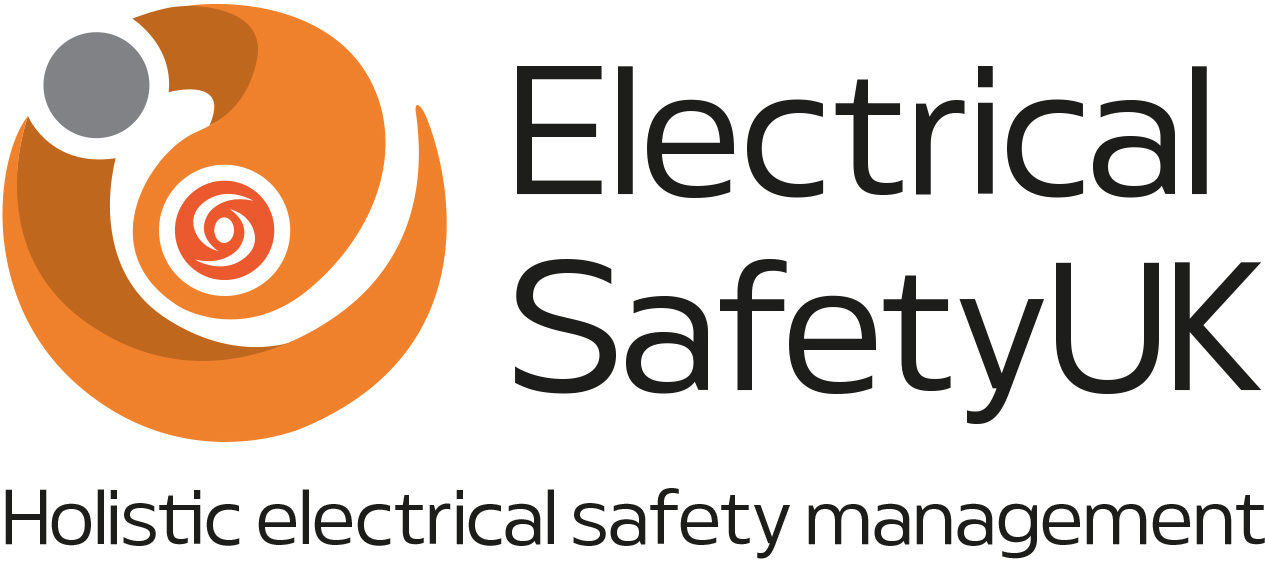In the high-stakes world of aerospace engineering and manufacturing, safety is not just a priority—it’s a necessity. Among the many electrical hazards present in aerospace facilities, arc flash stands out as one of the most dangerous and least understood. Managing this risk effectively is essential not only for regulatory compliance but also for protecting lives, assets, and mission-critical operations.
What is Arc Flash?
An arc flash is a sudden release of electrical energy through the air when there is an insulation breakdown or a short circuit between conductors, either phase-to-phase or phase-to-earth. It is often caused by equipment failure or human error. The result is an explosion that can cause severe injuries, equipment damage, and even fatalities. Temperatures can reach up to 35,000°F (19,400°C), hotter than the surface of the sun.
Why Aerospace Is Particularly Vulnerable
The aerospace industry operates with complex electrical systems, high voltage testing environments, and precision manufacturing equipment. These factors increase the likelihood of arc flash incidents, especially during:
- Maintenance of energised equipment
- Testing of electrical systems in aircraft and spacecraft
- Integration of advanced propulsion and avionics systems
- Use of automated manufacturing and robotics
Key Strategies for Arc Flash Risk Management
- Conduct Comprehensive Arc Flash Studies
Start with a detailed arc flash hazard analysis. This includes short-circuit studies, protective device coordination, and incident energy calculations. These studies help identify high-risk areas and inform mitigation strategies. - Labelling and Signage
Ensure all electrical panels and equipment are clearly labelled with arc flash warning labels that include incident energy levels and required PPE. - Implement Engineering Controls
Where possible, design systems to reduce arc flash risk:- Use arc-resistant switchgear
- Install remote racking systems
On legacy systems make protection changes to reduce high levels of incident energy whilst maintaining protection co-ordination.
-
Administrative Controls and Training
Ensure all personnel and contractors are trained in arc flash awareness and emergency response. Ensure that your Electrical Safety Management System is up to date and that personnel are trained and required to comply with its requirements. -
Personal Protective Equipment (PPE)
Provide appropriate PPE based on the calculated incident energy levels. This includes flame-resistant clothing, face shields, gloves, and hearing protection. -
Predictive Maintenance
Leverage predictive analytics like thermography and partial discharge measurement to monitor electrical systems in real time. This proactive approach can identify potential arc flash conditions before they occur.
The Business Case for Safety
Beyond compliance, managing arc flash risk is a sound business decision. Downtime from an arc flash incident can cost millions in lost productivity, legal liability, and reputational damage. A robust arc flash safety program enhances operational resilience and demonstrates a commitment to employee well-being.
Conclusion
In an industry where precision and safety are paramount, arc flash risk management must be integrated into every level of aerospace operations. By combining engineering innovation with rigorous safety protocols, we can protect our people and our missions—on the ground and in the skies.





